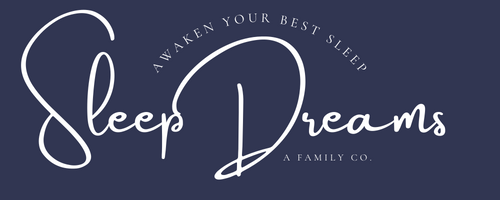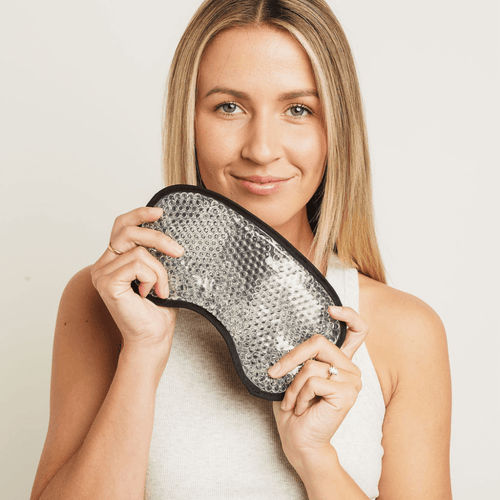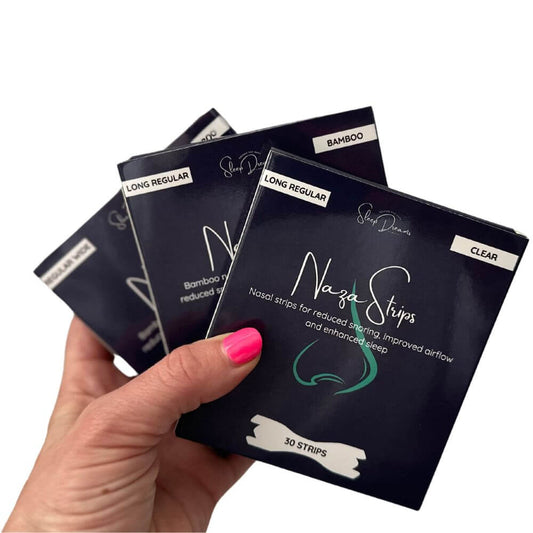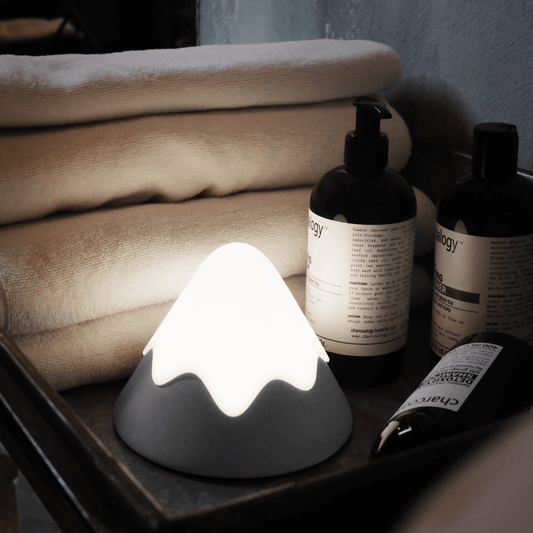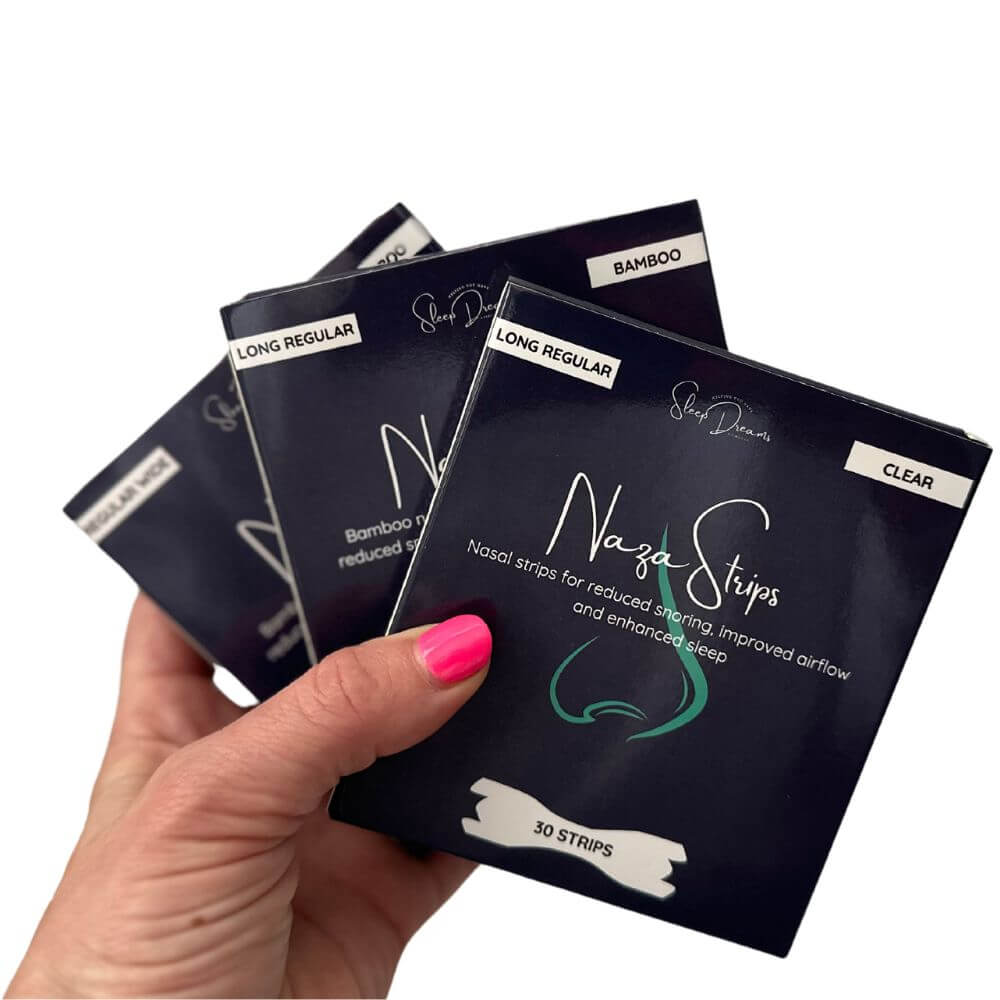We all know that exercise is good for us. It helps to improve our mood, our energy levels, and our overall health. But what about exercise specifically for improving our sleep? Is there such a thing? Turns out, there is—and it's called yoga. Let's take a look at the research to see if there's any history to back up the claim that yoga and stretching might help us get a better night's sleep.

How Does Yoga Help Us Sleep Better?
Yoga has been shown to be an effective sleep aid for people of all ages as it calms the mind and body. In a study of over 3,000 adults, those who practiced yoga reported better sleep quality and quantity than those who didn't. Yoga works by reducing stress and promoting relaxation. It does this by increasing levels of the hormone GABA, which has calming effects on the body. Yoga also helps to reduce cortisol levels—the stress hormone that can interfere with sleep.
So, if you're looking for a natural way to get better sleep, yoga might be the answer.
Am I A Good Candidate For Yoga?
Most people are good candidates for yoga—regardless of age or fitness level. However, there are a few people who should not do yoga. These include pregnant women in their first trimester and people with certain medical conditions such as high blood pressure or a hernia. If you're unsure whether or not yoga is right for you, please consult your doctor before starting any new exercise regimen.
When Should I Do Yoga Before Bed?
The best time to do yoga is in the evening, about two hours before bedtime. This gives your body time to wind down and prepare for sleep. If you do yoga in the morning, make sure to do a gentle practice so you don't get too energized before bedtime.
Some poses are particularly helpful for promoting sleep. These include: forward bends (which calm the nervous system), twists (which detoxify the organs), reclining poses (which release tension from the back and legs), and Savasana (corpse pose) - a relaxation pose that's typically done at the end of a yoga class. When practicing yoga at home, make sure to include some of these poses in your routine.
Additionally, avoid doing any strenuous poses before bedtime as they may serve to energise rather than relax you. Poses such as Headstands and Handstands should be avoided in the evening as they may interfered with sleep. If you must do them, make sure to leave plenty of time between your practice and when you plan on going to bed.
If you're looking for a way to improve your sleep, yoga may be worth a try. This popular form of exercise has been shown to calm the mind and body, which can lead to a better night's rest. When incorporating yoga into your nightly routine, be sure to do it in the early evening.

